Survival Gear
How To Use Tree Bark For Survival
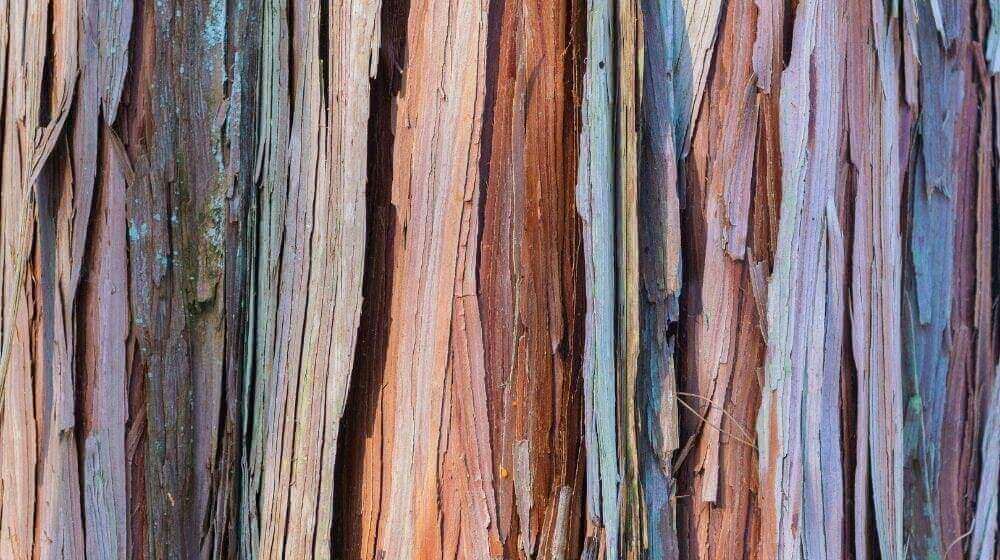
Knowing how to utilize tree bark in a survival situation could make all the difference and save your life.
Here are unbelievable uses of tree bark that could help you get through a life-or-death situation.
RELATED: Planning Your First Car Camping Trip
7 Great Ways to Use Tree Bark To Increase Your Survival Chances
1. Making Fire
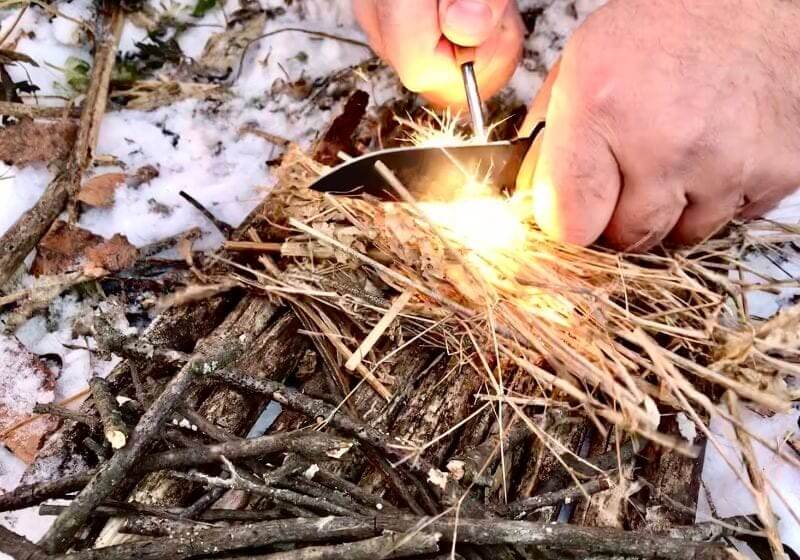
Whether you have firewood or not, tree bark makes excellent tinder to start a fire, especially when it’s dry. Most trees’ outer bark peels off easily without causing harm and is loaded with flammable resin that easily ignites. For instance, pine bark makes excellent fuel due to its flammable resin.
2. Cooking
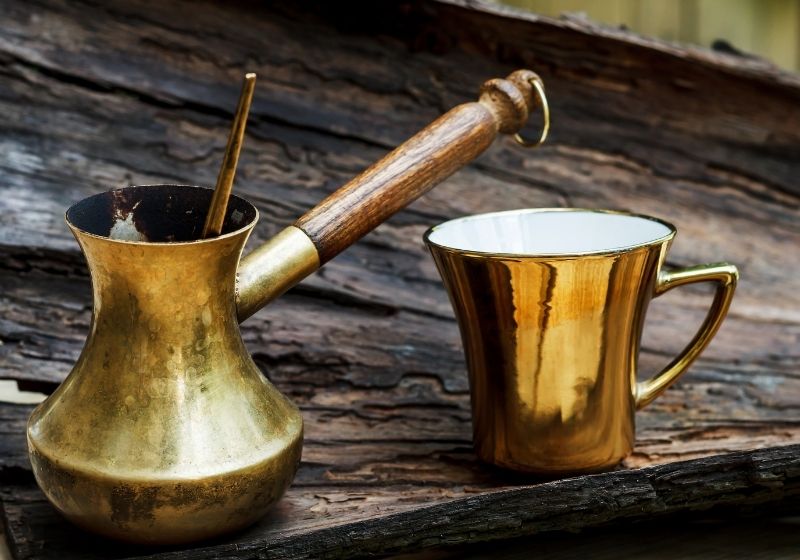
Don’t have enough cooking vessels? Don’t fret! You can effortlessly turn tree bark into a makeshift cooking pan and used it to make almost any meal you want.
Ensure you get well-moistened bark sheets from a wet tree, shape them into woks and cook over hot coal. It is vital to let your fire burn down to a layer of scorching coal. Next, cover it with a layer of ash to prevent direct contact, and then place the wet bark over it and cook your food.
Tip: A wet bark will be easier to shape than a dry one.
3. Food
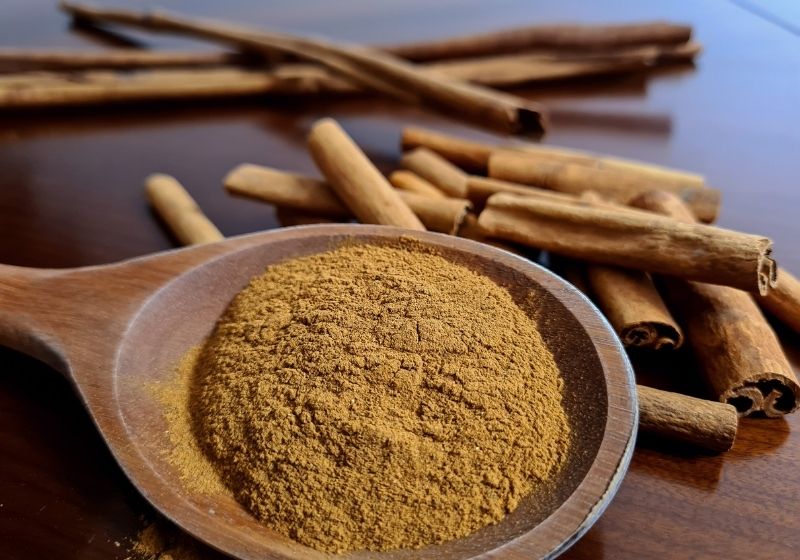
Eating tree bark is not common and may seem like the last result, but it is a way of life for some communities where tree bark is eaten for its unique flavor even without famine.
For example, among the indigenous Sami people of northern Sweden, the birch trees’ inner bark was consumed by drying and then grinding it into flour for baked goods. This was because of the “sweet woody aroma” it added to baked goods.
Besides grinding into flour, you can also eat it fresh for its mild sweetness and coconut meat-like texture.
Tips
- It contains between 1,000-1,200 calories per kilo, making it a great source of energy when in survival mode.
- Moreover, it also contains tons of vitamin C, which helps ward off scurvy, especially during winter.
RELATED: Ultimate Backpacking Checklist for Beginners
4. Insulation Bedding
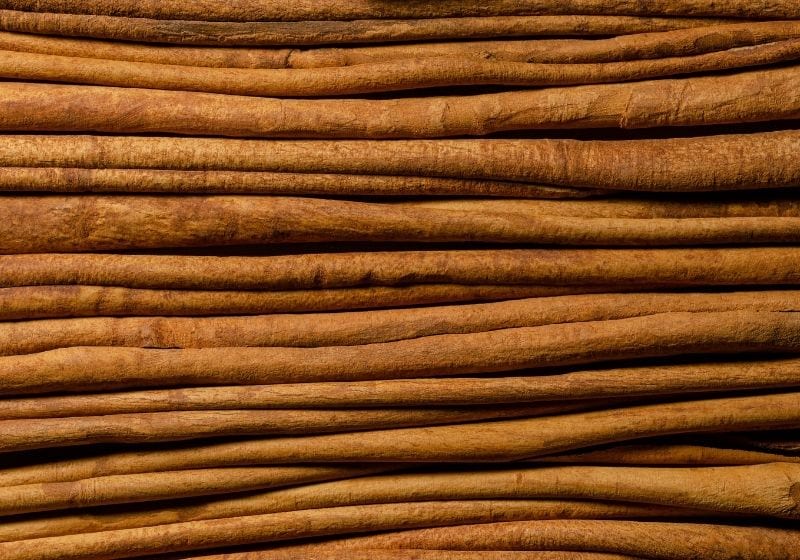
Sleeping outdoors requires that you have an insulator between you and the cold ground at night to prevent hypothermia, even in warmer zones. Tree bark will serve as an excellent insulator if you do not have a foam pad to lay your sleeping bag on.
This is because you can peel large sheets and flatten them to create a comfortable, smooth surface. What’s more, the corky attribute of most bark makes the excellent natural insulator; hence no need to worry about getting a specific species.
5. Making Ropes
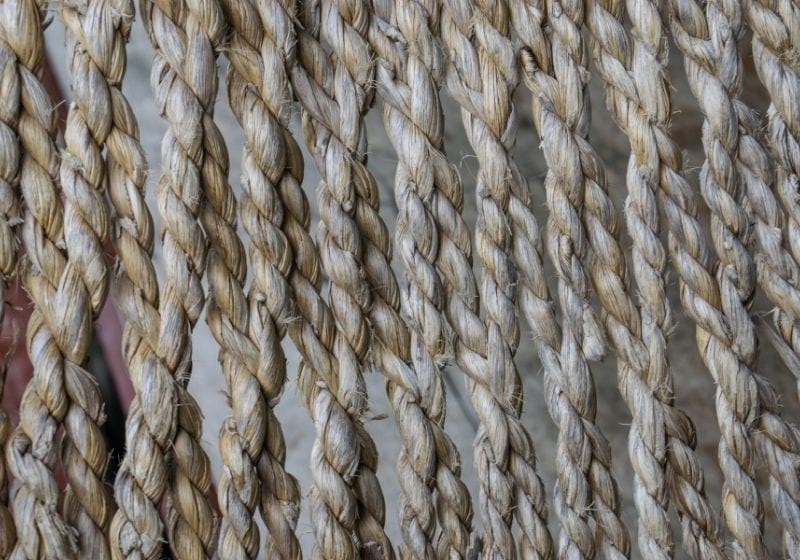
Barks from trees can be braided or twisted together to make durable and functional ropes, which come in handy in survival situations. However, it will work if you can get a long sheet of bark at a time.
To make one, cut away the ragged outer bark from a tree section, and then begin to peel off the inner bark to make long strips. Tree species with bark suitable for this include cedar, basswood/linden, aspen, willow, or maple.
Tips
- Avoid removing more than one-fourth of the bark from each tree, as the tree might not survive.
- Always go for longer cuts from top to bottom as opposed to broader cuts going around the tree.
6. Medicine
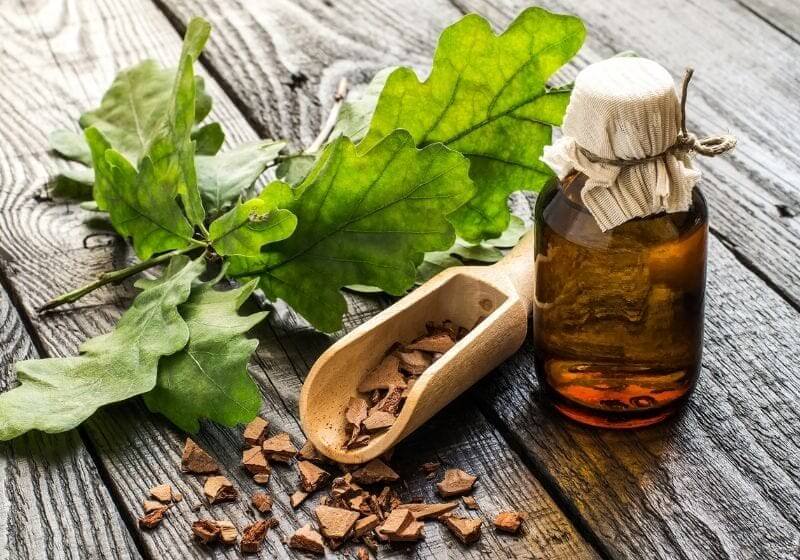
While the medicinal properties of some tree bark species like willow are well known, there are tons of tree species whose barks also have medicinal attributes.
For instance, witch hazel extract is a disinfectant wash that results from simmering thin witch hazel branches for hours to extract the medicinal compounds in the bark and the wood.
Also, Beech bark tea has been used to manage and cure lung illnesses like tuberculosis. Similarly, apple tree bark also has medicinal properties useful for treating diarrhea and fevers.
7. Basketry
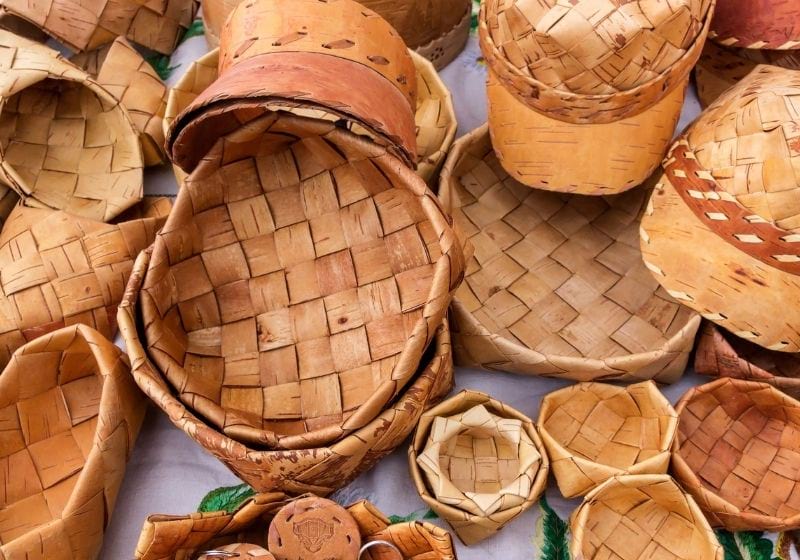
Besides cordage, basketry is another skill that can come in handy in a survival situation. Thanks to the inner bark of elm, willow, basswood, maple, hickory, and ash trees, you can weave sturdy and functional baskets or other carry vessels.
Strip the outer bark to reveal and peel the inner bark into long flexible strips resembling strings. Roll up the strips and store them. When ready to work, rehydrate them in warm water. This will make them pliable hence easy to work with when you begin weaving your carry baskets.
Watch this video from Sustainable Stewards on harvesting Birch bark for medicinal uses:
There you go, outdoor enthusiasts. With these pointers, you can efficiently utilize tree bark as a resource and customize it to fit your needs at the moment. You can never be too prepared, and a few extra tips always come in handy!
In what other ways have used tree bark? Let us know in the comment section below!
Up Next:
- Survival Knives | Ultimate List
- Winter Survival Gear | Winterize Your Bug Out Bag
- Blacksmithing Guide | Ultimate Guide to Blacksmithing For Beginners
Calling all preppers, craftsmen, bushmasters, outdoorsmen, and all-around skilled people, Survival Life needs YOU! Click here if you want to write for us.
Don’t forget to stay connected with us on Facebook, Twitter, Pinterest, and Instagram!
-

 Do It Yourself7 months ago
Do It Yourself7 months agoParacord Projects | 36 Cool Paracord Ideas For Your Paracord Survival Projects
-

 Do It Yourself9 months ago
Do It Yourself9 months agoHow To Make Paracord Survival Bracelets | DIY Survival Prepping
-

 Do It Yourself9 months ago
Do It Yourself9 months ago21 Home Remedies For Toothache Pain Relief
-

 Do It Yourself10 months ago
Do It Yourself10 months agoSurvival DIY: How To Melt Aluminum Cans For Casting
-

 Exports8 months ago
Exports8 months agoAre Switchblades Legal? Knife Laws By State


Don Morris
February 23, 2021 at 2:54 PM
Pine needles are more flammable and very easy to procure for a fire, especially dry and dead.
Patricia
March 2, 2021 at 1:31 PM
Cedar burns hotter and longer .
Also cedar needles and pine are good way to keep your hands clean.